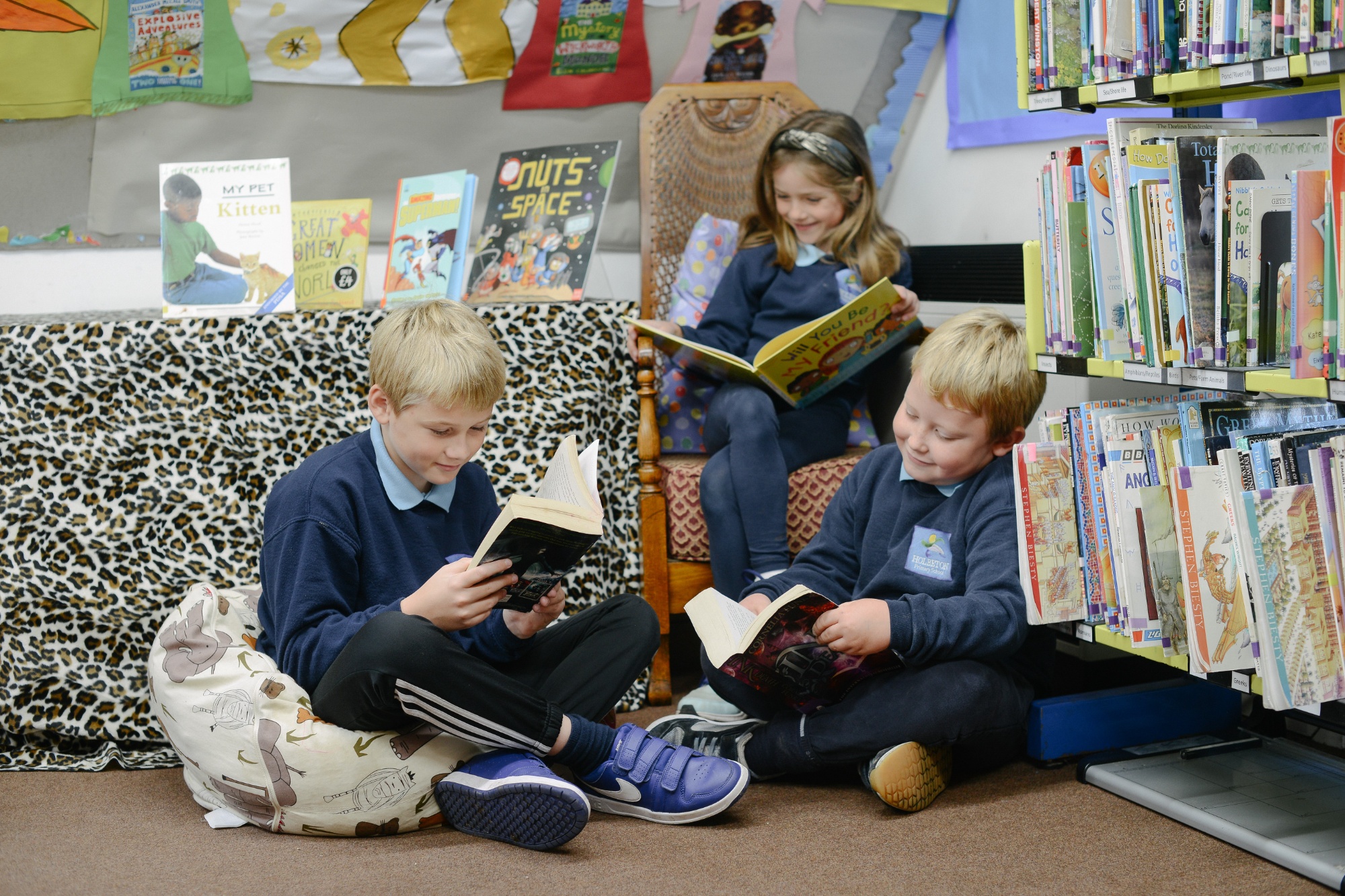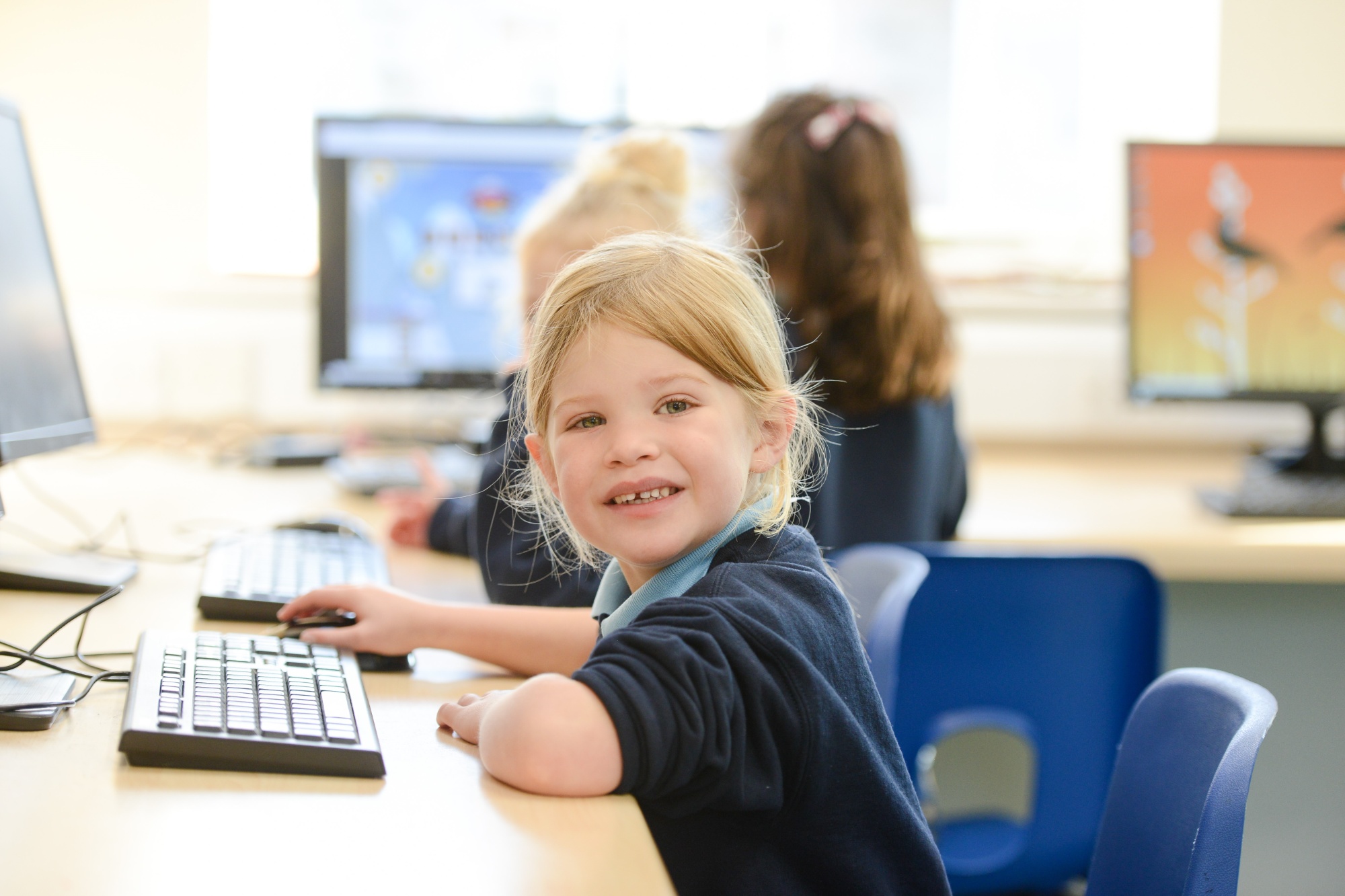Computing
Computing has deep links with mathematics, science, and design and technology, and provides insights into both natural and artificial systems. The core of computing is computer science, in which pupils are taught the principles of information and computation, how digital systems work, and how to put this knowledge to use through programming.
Building on this knowledge and understanding, pupils are equipped to use information technology to create programs, systems and a range of content. Computing also ensures that pupils become digitally literate – able to use, and express themselves and develop their ideas through, information and communication technology – at a level suitable for the future workplace and as active participants in a digital world.
The national curriculum for computing aims to ensure that all pupils:
- can understand and apply the fundamental principles and concepts of computer science, including abstraction, logic, algorithms and data representation
- can analyse problems in computational terms, and have repeated practical experience of writing computer programs in order to solve such problems
- can evaluate and apply information technology, including new or unfamiliar technologies, analytically to solve problems
- are responsible, competent, confident and creative users of information and communication technology
What children will learn in EYFS
Computer Science is taught in its simplest form by playing operational games like 'Simon says', 'Everybody do this', 'Follow the Leader', etc. This ensures that children understand the need to follow instructions and listen to commands. They would then progress to looking at physical objects like Beebots in cross-curricular learning. In addition, children will also be encouraged to use iPad apps and class computers where the children can progressively apply their computing skills.
What children will learn in Key Stage 1
Algorithms:
- Algorithms are sets of instructions for achieving goals, made up of pre-defined steps, for example, the ‘how to’ part of a recipe for a cake.
- Algorithms can be represented in simple formats [storyboards and narrative text].
- They can describe everyday activities and can be followed by humans and by computers.
- Computers need more precise instructions than humans do.
- Steps can be repeated and some steps can be made up of smaller steps.
Programs:
- Computers (understood here to include all devices controlled by a processor, thus including programmable toys, phones, game consoles and PCs) are controlled by sequences of instructions.
- A computer program is like the narrative part of a story, and the computer’s job is to do what the narrator says. Computers have no intelligence, and so follow the narrator’s instructions blindly.
- Particular tasks can be accomplished by creating a program for a computer. Some computers allow their users to create their own programs.
- Computers typically accept inputs, follow a stored sequence of instructions and produce outputs.
- Programs can include repeated instructions.
Data:
- Information can be stored and communicated in a variety of forms e.g. numbers, text, sound, image, video.
- Computers use binary switches (on/off) to store information.
- Binary (yes/no) answers can directly provide useful information (e.g. present or absent), and be used for decision.
Computers:
- Computers are electronic devices using stored sequences of instructions.
- Computers typically accept input and produce outputs, with examples of each in the context of PCs.
- Many devices now contain computers
Communication and the Internet
- That the World Wide Web contains a very large amount of information.
- A Web browser is a program used to use view pages.
- Each website has a unique name.
- Enter a website address to view a specific website and navigate between pages and sites using the hyperlinks.
What children will learn in Key Stage 2
Algorithms:
- Algorithms can be represented symbolically [flowcharts] or using instructions in a clearly defined language [turtle graphics].
- Algorithms can include selection (if) and repetition (loops).
- Algorithms may be decomposed into component parts (procedures), each of which itself contains an algorithm.
- Algorithms should be stated without ambiguity and care and precision are necessary to avoid errors.
- Algorithms are developed according to a plan and then tested. Algorithms are corrected if they fail these tests.
- It can be easier to plan, test and correct parts of an algorithm separately.
Programs:
- A computer program is a sequence of instructions written to perform a specified task with a computer.
- The idea of a program as a sequence of statements written in a programming language [Scratch]
- One or more mechanisms for selecting which statement sequence will be executed, based upon the value of some data item
- One or more mechanisms for repeating the execution of a sequence of statements, and using the value of some data item to control the number of times the sequence is repeated
- Programs can model and simulate environments to answer “What if” questions.
- Programs can be created using visual tools. Programs can work with different types of data. They can use a variety of control structures [ selections and procedures].
- Programs are unambiguous and that care and precision is necessary to avoid errors.
- Programs are developed according to a plan and then tested. Programs are corrected if they fail these tests.
- The behaviour of a program should be planned.
- A well-written program tells a reader the story of how it works, both in the code and in human-readable comments
- A web page is an HTML script that constructs the visual appearance. It is also the carrier for other code that can be processed by the browser.
- Computers can be programmed so they appear to respond ‘intelligently’ to certain inputs.
Data:
- Introduction to binary representation [representing names, objects or ideas as sequences of 0s and 1s].
- The difference between constants and variables in programs.
- Difference between data and information.
- Structured data can be stored in tables with rows and columns. Data in tables can be sorted. Tables can be searched to answer questions. Searches can use one or more columns of the table.
- Data may contain errors and that this affects the search results and decisions based on the data. Errors may be reduced using verification and validation.
- Personal information should be accurate, stored securely, used for limited purposes and treated with respect.
Computers:
- Computers are devices for executing programs.
- Application software is a computer program designed to perform user tasks.
- The operating system is a software that manages the relationship between the application software and the hardware
- Computers consist of a number of hardware components each with a specific role [e.g. CPU, Memory, Hard disk, mouse, monitor].
- Both the operating system and application software store data (e.g. in memory and a file system)
- The above applies to devices with embedded computers (e.g. digital cameras), handheld technology (e.g. smart phones) and personal computers.
- A variety of operating systems and application software is typically available for the same hardware.
- Users can prevent or fix problems that occur with computers (e.g. connecting hardware, protection against viruses)
- Social and ethical issues raised by the role of computers in our lives.
Communication and the Internet:
- The Internet is a collection of computers connected together sharing the same way of communicating. The Internet is not the web, and the web is not the Internet.
- These connections can be made using a range of technologies (e.g. network cables, telephone lines, wifi, mobile signals, carrier pigeons)
- The Internet supports multiple services (e.g. the Web, e-mail, VoIP)
- The relationship between web servers, web browsers, websites and web pages.
- The format of URLs.
- The role of search engines in allowing users to find specific web pages and a basic understanding of how results may be ranked.
- Issues of safety and security from a technical perspective.
How can you support your child with computing?
The best way to support your child with any aspect of computing is to enjoy using technology with them and model the safe and responsible use of it. Here are five ideas:
1. Become the student
Let them show you how to use their favourite app or do something that they have learned in school.
2. Help them use technology to support their homework
If they have to practise a maths skill, help them create a how-to video demonstrating the skill. Why not create a short film based on a story they have written? Or perhaps an animation? Find some YouTube videos or play games together that support what they’re learning about in school.
3. Research with them
Research a topic they are learning about or are interested in with them. Decide together how reliable you think each website is — does the information on it appear anywhere else? Who created the website? Discuss the rankings — why does the search engine rank some at the top and some further down?
4. Communicate with family
Keep in touch with family members by composing emails together or using services like Skype to make video calls. Discuss how useful these tools can be when used responsibly.
5. Chat regularly
Ask children how they have been using technology this week, what their favourite app is etc. Make sure they feel they can come to you, should an issue arise for them.
Further support and useful web links
- common sense media — they aim to empower parents and teachers by providing unbiased information to help them harness the power of media and make it a positive force in children’s lives. There are family guides and they tackle many topics of concern
- NSPCC — key advice on keeping your child safe online
- SCRATCH — find out more about visual coding and learn how to do it with your child for free
- Vodafone: digital parenting – a comprehensive magazine from Vodafone with ideas to build confidence and resilience online
To find out about our approach to Online Safety click this link.




